World Diabetes Day 2022: Access to Diabetes Care for All
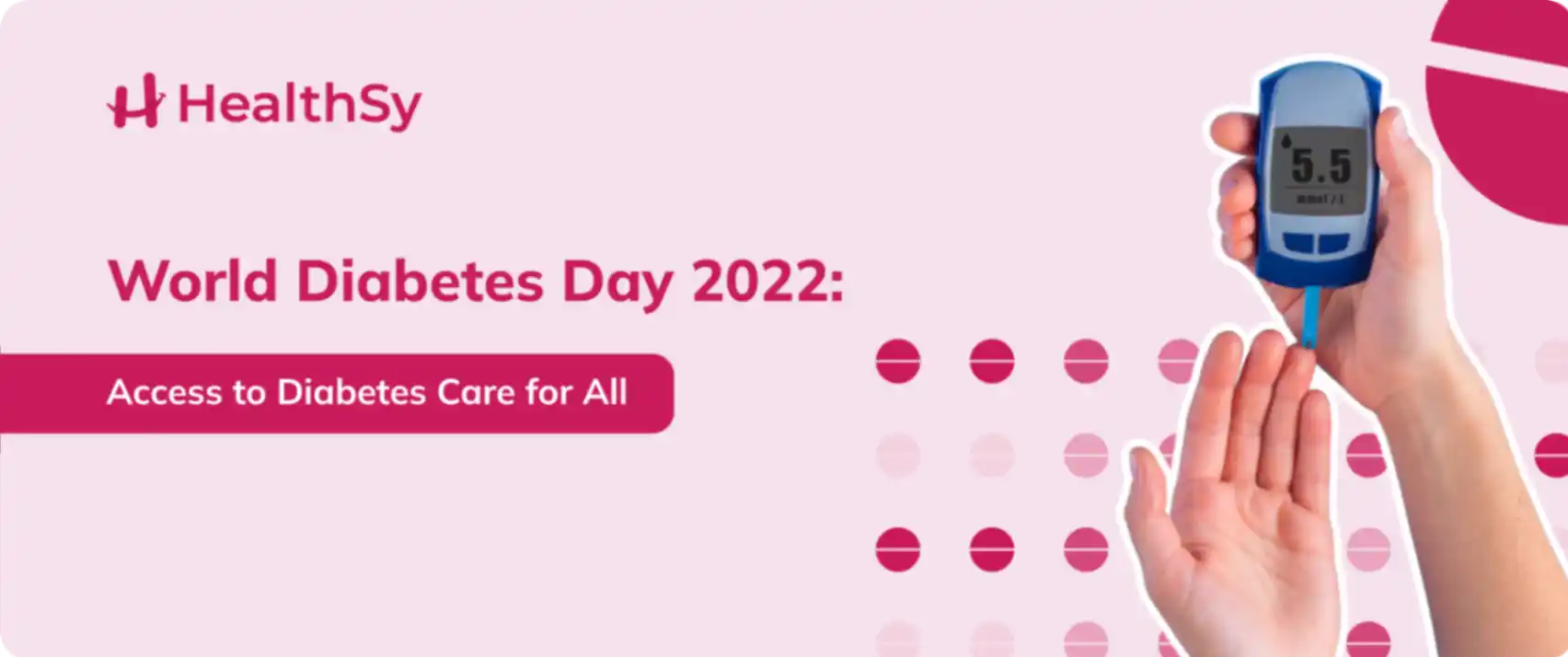
Today, there are 537 million people in the world
living with diabetes. What do we know about diabetes,
and how can easy access to diabetes aid
in controlling the disease?
Let us start it right away!
Increasing public awareness of the diabetes epidemic can assist
in lowering individual risk. The International
Diabetes Federation (IDF) and the World Health Organization (WHO) started a day
to raise awareness of diabetes and its growing impacts.
An overview of World Diabetes Day and diabetes
Every year 14th November is observed as
World Diabetes Day. World diabetes day was noted in 1991 and was made an official UN day in 2006.
Considering Sir Frederick Banting, Charles Best, and John James Rickard Macleod,
who co-discovered insulin in 1922, were born on this day, it is recognized
as World Diabetes Day. Every
year there is a theme depending on which the campaign lasts an entire year.
The theme of the World
Diabetes 2021 – 2023 day is 'access
to diabetes care'. World Diabetes Day is the largest
diabetes awareness campaign in the world, reaching over one billion people in
about 160 countries.
"Access to Diabetes Treatment - If Not Now, When? "
The theme encourages and raises awareness about
maintaining both short- and long-term blood glucose levels within acceptable
ranges, allowing people to benefit from diabetes and its treatment knowledge,
dietary changes, and physical activity.
About Diabetes
Diabetes is a chronic disease that affects a person's ability to
control glucose and blood sugar levels. According to the IDF, diabetes will become 46% more prevalent by
2045.
Diabetes falls into three categories. They are type 1, type 2 and gestational diabetes.
Type 1 - The cause of type 1 diabetes has been
identified as an autoimmune disease. This implies that the immune system
targets and kills the beta cells in the pancreas that handle
insulin production, causing irreversible damage. Type 1 diabetes is mostly a
genetic condition that is often found early in one’s life.
Type 2 -
Type 2 diabetes is caused by insulin resistance.
Insulin resistance develops when the pancreas
produces more insulin than the body needs
. Type 2 diabetes develops overtime especially due to lifestyle related habits and practices.
Gestational diabetes - It is because of insulin
block; it happens during pregnancy. It is a form of high blood sugar which
eventually develops into type 2 diabetes later in one’s life.
In India,
diabetes affects about eighty million people, with over
95,000 children under fourteen suffering from type 1 diabetes says to ICMR. India may not be
the world's diabetes capital, but we are making headway. Millions of diabetics
worldwide still lack access to the necessary care one hundred years after the
discovery of insulin.
Can India turn this trend and fight against diabetes care?
Yes, India is improving the quality and availability
of diabetes care, but it appears bloated on a global diabetes map.
Approximately 74,150 healthcare facilities are needed in India, but the current
number comes up to just half of it rising serious questions especially with the
dramatic increase in the number of chronic illness patients in which diabetes
are in alarming numbers.
In India, most people do not realize they have
diabetes until they start to experience its effects, due to poor awareness,
limited availability of high-quality
care, a shortage of qualified staff members to check
facilities, and a lack of anti-diabetic medications, so the management of
diabetics has become worse.
The government of India started
a National Diabetes Control Program in 1987 to tackle the nation's rising
diabetes prevalence. This year experts in Indian diabetic medicine have
suggested on quality of the therapies and accessibility of healthcare which are
helpful in the rising prevalence of diabetes.
The availability of services
Community health initiatives already exist to engage the public.
Diabetes affects an estimated 72.96 million adults in India, and we have only
3.71 lakh specialists, but more than 80–90% of skilled medical professionals
treat diabetes and diseases connected with its work in the private sector than
the government sector. In such a scenario middle income people couldn't afford
diabetes care, so diabetes experts in India suggest that access to healthcare
should increase through public-private partnerships, particularly in remote
areas.
Quality of service
A skilled healthcare workforce is an essential part of providing
excellent care. As mentioned in the earlier topic,
we have only 3.71 lakh specialists in our country, but the doctor-patient ratio
is insufficient to deal with the current T2DM epidemic. Patients' long-term
diabetes is reduced through the participation of trained diabetes educators frequent
visits, community involvement, and the maintenance of treatment registers.
To improve the effectiveness of diabetes care and
outcomes, it is urgently necessary to train the doctors of various medical
fraternities about the management and standard
guidelines of T2DM and create a well-organized infrastructure and make existing
healthcare facilities healthier to reduce the resulting morbidity and mortality
rates. So, the government should invest more in diabetes treatment and support
to provide high-quality care.
Affordability of drugs
All diabetes should have access to medication, technologies,
support, and care. Even with this advanced technology here with us, people with
diabetes are either undiagnosed or unable to obtain the drugs and advancements
that could help them.
The government needs to plan to share the information on market
transparency for diabetes medications and related health products.
Prevention of Diabetics
1. Type 1 (insulin-dependent) cannot currently prevent, but it
can control by following the doctor's advice, managing blood sugar, and getting
regular check-ups.
2. Type 2 (non – insulin-dependent), People with this kind of diabetes
can control it with simple diet control and exercise but, medication should
need if these measures are ineffective at lowering blood sugar levels and Type
2 diabetes patients use insulin.
3. For Gestational Diabetes, it is essential to periodically check
the blood sugar levels each day while pregnant. Although insulin is provided
during pregnancy because it is safe for the developing infant and dietary
adjustments, exercise is also recommended.
The Technology Contribution
Innovative technologies have played a significant role in improving diabetes treatment over time These technologies include: Blood Glucose Meters (BGM), Continuous Glucose Monitors (CGM), artificial pancreas, insulin pumps, and healthcare applications are the technologies involved in managing diabetics. Our Indian government has also developed a diabetes monitoring app. Easy access to technology can help in controlling and preventing the number of new diabetes cases in our country on one hand and helping those who are already diagnosed to maintain a normal and healthy lifestyle on the other.
AI In the Treatment of Diabetes
AI in medicine has shown promising results in improving diabetes care. Patients' diet, physical activity, breathing,
and sleep information are collected by the sensor, which is given to doctors
and patients to help them make treatment decisions using AI. The tool helped
over 84 percent of patients achieve remission, which means they had normal
blood sugar levels for at least three months without taking any medication.
"Diabetes can only be controlled; it cannot be cured."
Despite the availability of numerous technologies and treatments to manage chronic conditions, individuals with diabetes still lack access to comprehensive diabetic care. The global diabetes awareness campaign aims to educate people about diabetes management . Also it is important to remember that diabetes is a complex condition that varies from person to person. Therefore, it is essential to get advice from a doctor who specializes in diabetes care.
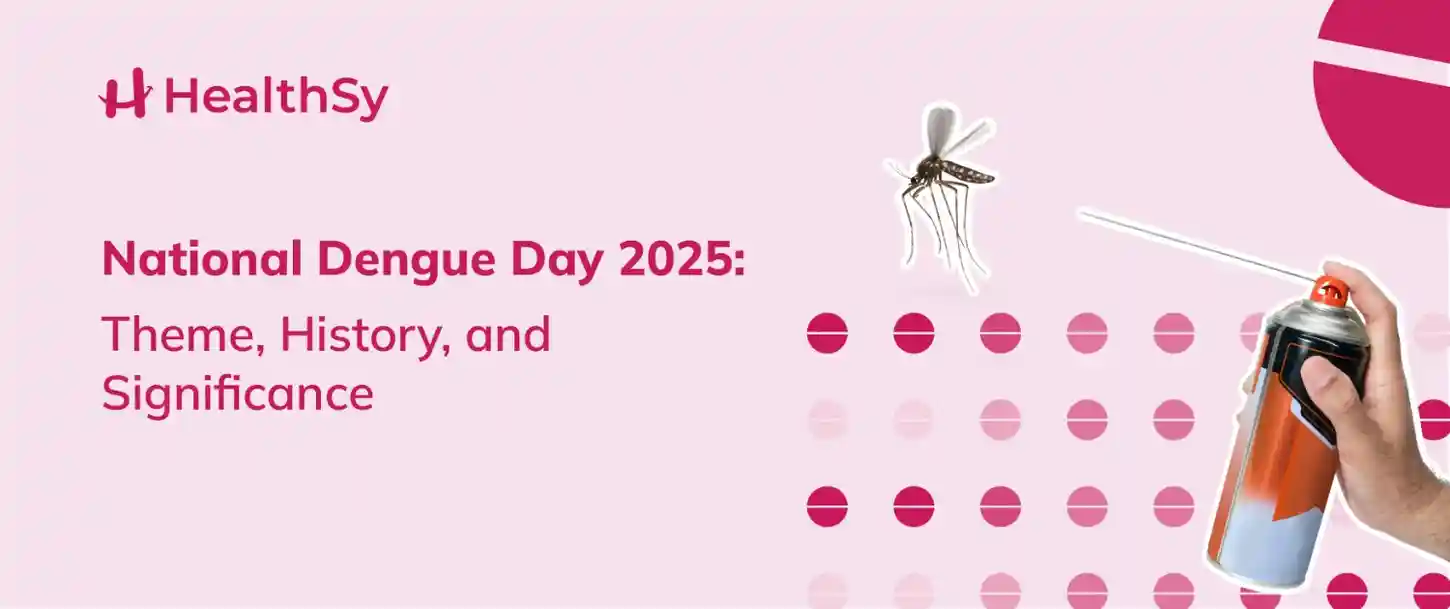
National Dengue Day is observed on May 16th every year. This health day highlights the importance of raising awareness, preventing, and managing the illness, particularly as the number of dengue cases in India rises every year.
National Dengue Day 2025: Importance
Public education about dengue symptoms is one of the most effective tools in controlling the spread of dengue fever. National Dengue Day 2025 aims to:
- Help individuals identify early dengue symptoms
- Emphasize the importance of timely dengue treatment
- Promote mosquito control practices
- Reduce the stigma around dengue fever
Knowing when to seek dengue treatment can mean the difference between recovery and serious complications. Ignoring early dengue symptoms often leads to severe cases requiring intensive care.
National Dengue Day 2025 History
The Ministry of Health and Family Welfare, Government of India, initiated National Dengue Day to draw attention to the rising burden of dengue fever. Over the years, this observance has become instrumental in educating the public about dengue symptoms and encouraging quick access to dengue treatment.
With millions affected annually, the goal is to promote widespread understanding of how dengue symptoms can escalate and why preventive actions and prompt dengue treatment are critical.
What is Dengue?
Dengue fever is caused by the dengue virus, which is primarily spread through mosquitoes. This disease has become a seasonal epidemic in various parts of India, making it important to spread awareness about its symptoms, treatments, and prevention.
Dengue Symptoms
A few prevalent dengue symptoms include:
- High fever
- Severe headache
- Joint and muscle pain
- Skin rashes
- Pain behind the eyes
- Mild bleeding in the nose and gums
If you encounter any of these symptoms, you must consult your doctor immediately without any hesitation. Never self-medicate
at any cause.
Dengue Prevention
While there is no specific cure for dengue, most cases are managed with the support of dengue treatments. A few of the best preventive measures include:
- Installing mosquito repellents
- Using nets and screens
- Staying away from stagnant water
- Wearing fully covered clothes
Conclusion
National Dengue Day 2025 is not just a health observance; it is a call to action. With early detection, timely treatment, and community operations, we can effectively reduce dengue cases and their impact. All you have to do is stay informed about the disease, act immediately, and protect your loved ones.
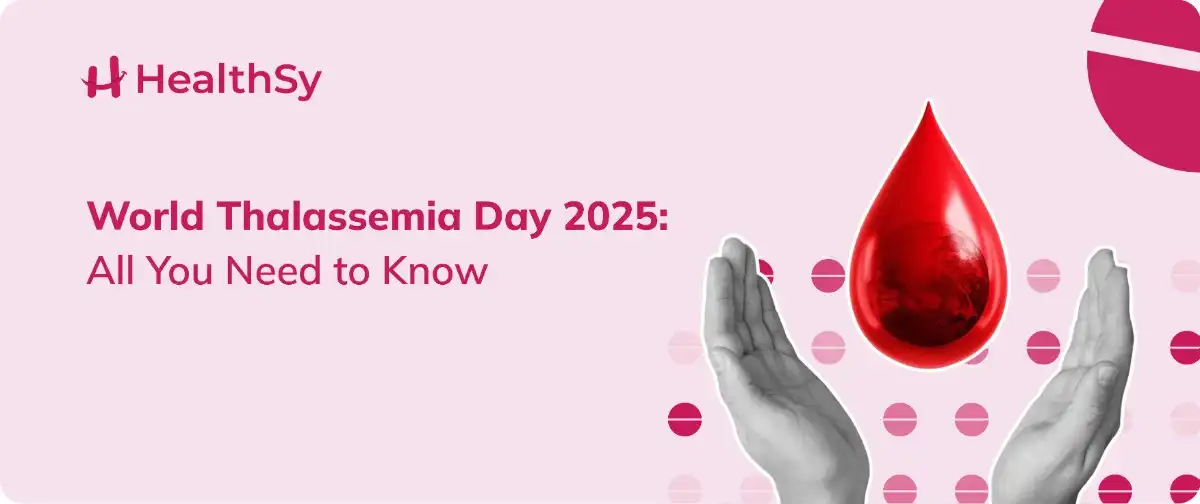
Every year, May 8th is observed as World Thalassemia Day to raise awareness about Thalassemia, a serious yet manageable blood disorder affecting many individuals globally. World Thalassemia Day drives attention not just to the physical well-being of the individual but also to the mental and social situation faced by every individual diagnosed with Thalassemia.
World Thalassemia Day 2025 Theme
The theme of World Thalassemia Day 2025 is "Together for Thalassemia: Uniting Communities, Prioritizing Patients.” This theme emphasizes the importance of providing a patient-centric approach, building holistic care, and addressing the needs of people with Thalassemia.
World Thalassemia Day Importance
World Thalassemia Day is not just about raising awareness; it is all about education, support, and advocacy. A lot of people, organizations, healthcare providers, and caregivers unite every year to:
- Support the upcoming medical advancements
- Encourage blood donations
- Need for better access to all treatments available
- Easy screening procedures
- Share and put forth the patient's stories
This special day reminds us about the fight against Thalassemia and why it needs immediate attention and global effort.
What is Thalassemia?
Thalassemia is a genetic or hereditary blood disorder that influences the body's ability to produce haemoglobin (an essential protein in red blood cells that carries oxygen). When haemoglobin is deficient, people with thalassemia experience fatigue, anaemia, and other health complications.
Thalassemia is classified into two types: Alpha Thalassemia and Beta Thalassemia. The severity of these two types varies based on the mildness and severity of the illness. In this situation, World Thalassemia Day helps people learn more about this condition and pushes people to get it tested early so that it leads to a healthy life.
Thalassemia Symptoms
Recognizing thalassemia symptoms at the earliest is the best way to get it treated. A few common thalassemia symptoms include:
- Weakness and fatigue
- Yellowish skin
- Face bone deformities
- Dark urination
- Delayed puberty and slow growth
- Enlarged liver or spleen
A few children with more severe forms may exhibit thalassemia symptoms within the first two years of life. This is why healthcare providers emphasize the importance of understanding the illness and being vigilant about it.
Thalassemia Treatments
Thanks to medical advancements, many effective treatments are currently available to help individuals manage their illnesses. A few of the best treatments include the following:
- Regular blood transfusions
- Iron chelation therapy
- Bone marrow or stem cell transplantation
- Folic acid supplements
World Thalassemia Day 2025 aims to promote access to vital thalassemia treatments, particularly in low-income countries.
Who Treats Thalassemia or Whom to Consult for Thalassemia?
If you or someone you know is diagnosed with Thalassemia, the condition should be managed by a team of specialists with experience in blood disorders. Here's who to consult:
- Hematologist: Primary specialist for thalassemia
- Paediatric Hematologist: For Children
- Transfusion Specialist
- Endocrinologist
- Cardiologist & Hepatologist
- Bone Marrow Transplant Specialist
Conclusion
As we observe World Thalassemia Day 2025, let us commit to breaking the stigma, spreading awareness, and advocating for improved care and innovation. By understanding Thalassemia Symptoms and supporting accessible Thalassemia Treatments, we can help create a healthier, more inclusive world for everyone impacted by Thalassemia.
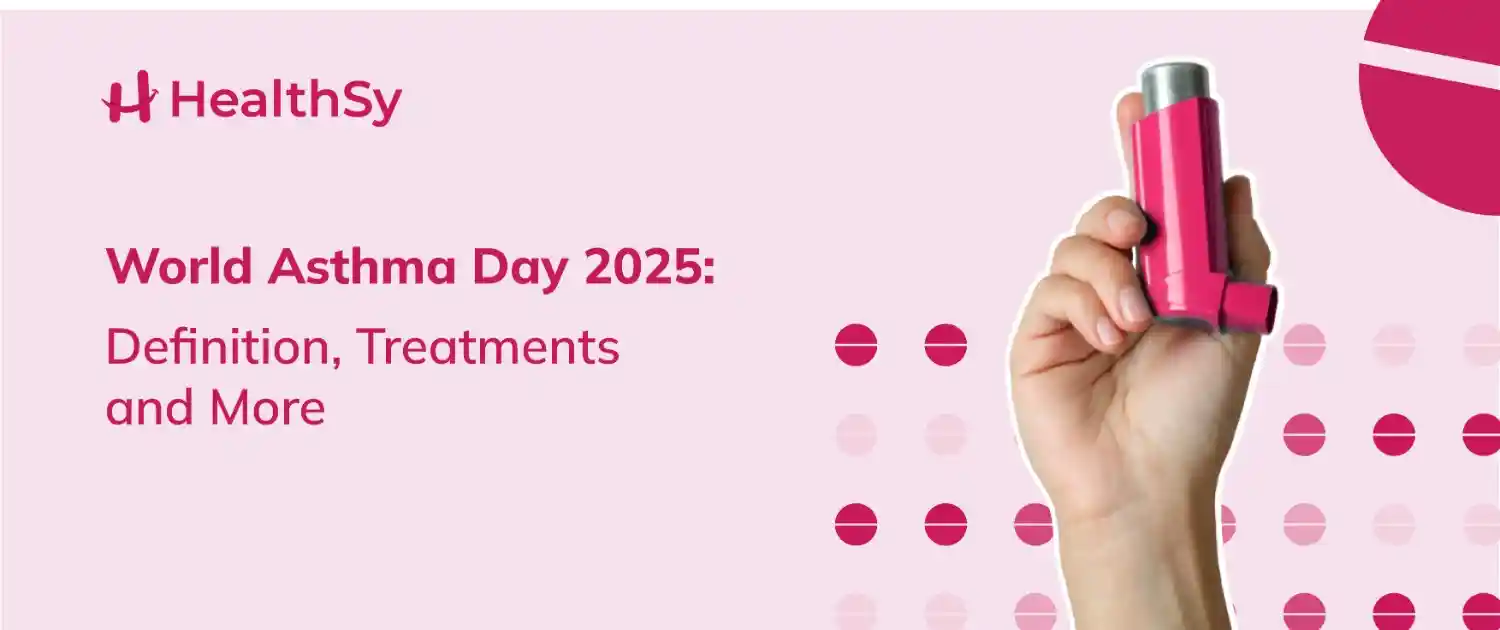
Every year, the first Tuesday of May marks World Asthma Day, a global initiative organized by the Global Initiative for Asthma (GINA) to raise awareness and improve care for people living with asthma. In 2025, this important health observance falls on May 6th, bringing together healthcare professionals, patients, and advocates to spotlight a respiratory condition that affects millions worldwide. Understanding the asthma definition and the evolving landscape of asthma treatments is essential in managing the disease and improving the quality of life for those impacted.
Raising awareness on World Asthma Day 2025
This year’s GINA theme for World Asthma Day is “Make Inhaled Treatments Accessible for ALL,” which focuses on the need to ensure that people with asthma get access to inhaled medicines to treat attacks and control the disease. By spreading awareness about the illness, we can decrease the stigma and support those who have asthma and who are silently suffering from it.
Asthma Definition
Asthma is a chronic inflammatory disease of the airways that leads to wheezing, shortness of breath, coughing, chest tightness, etc. All these symptoms are caused by cold air, allergens, stress, or exercise. This illness predominantly affects people of all age groups, and it has no cure. However, it can be managed by lifestyle modifications and proper medical guidance. This is the reason why asthma treatments play a major role in the lives of asthma patients.
Asthma Causes or Triggers
Managing asthma starts with identifying what sets it off. Triggers vary from person to person but commonly include dust mites, pollen, pet dander, smoke, pollution, and respiratory infections. Cold weather, strong smells, and even emotional stress can also contribute. Understanding your specific triggers helps tailor the right asthma treatments for better control. Alongside recognizing triggers, revisiting the asthma definition with your healthcare provider ensures you’re always aware of your current condition and risk factors.
Whom to Consult for Asthma?
You can consult a Pulmonologist to get your illness treated and managed at the right time.
Asthma Treatments
Asthma treatments are becoming advanced now, and a few very common include the following:
Inhaled corticosteroids, bronchodilators, and combination inhalers remain the cornerstone of treatment. Biologic therapies targeting specific immune system components have emerged as game-changers for severe asthma. Personalized medicine, digital inhalers, and telehealth monitoring are also enhancing outcomes. No matter how sophisticated the tools become, understanding the asthma definition helps patients stay informed and proactive about their care.
Takeaways
World Asthma Day 2025 is indeed a call to action not just for people with asthma but also for educators, families, and communities that come together to fight against asthma. So, it is important to learn about asthma and create awareness about it among the people around you. Let’s commit to breathing easier together.
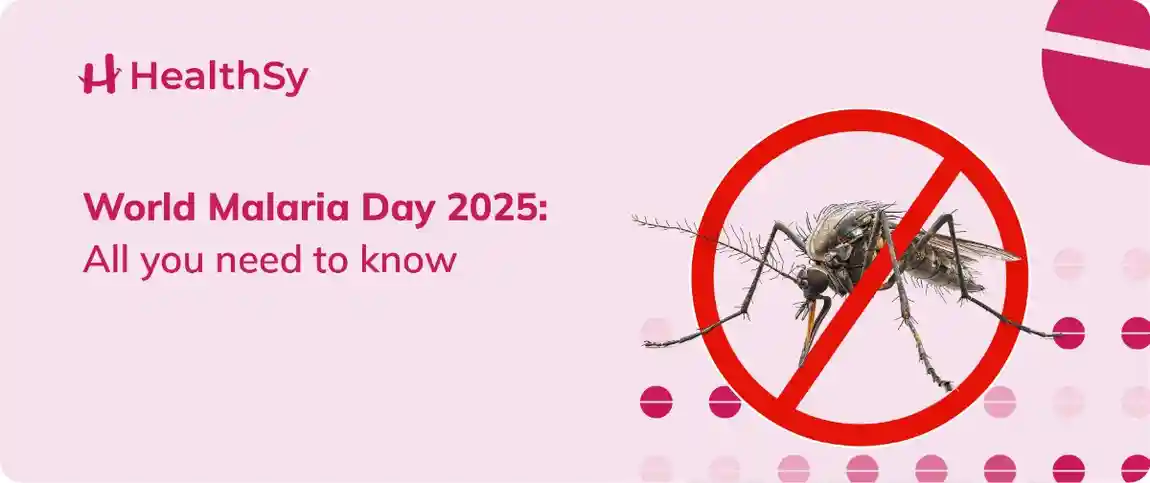
When a single mosquito bite could take a life, awareness isn’t an option, it's mandatory!
Every few minutes, someone dies due to malaria. It’s a harmful illness that’s been haunting us for centuries, yet it can be treated, prevented, and even eliminated.
Every April 25th, the entire world observes World Malaria Day. This day is a global observance aimed at raising awareness about malaria and fighting this dangerous illness.
World Malaria Day 2025 Theme
The theme for this year’s World Malaria Day 2025 is "Malaria Ends with Us: Reinvest, Reimagine, Reignite," which emphasizes the importance and need for an intense commitment, continued investment, and innovative strategies to fight and end malaria.
World Malaria Day 2025: History
World Malaria Day was first instituted by the World Health Organization (WHO) during the 2007 World Health Assembly. This special day highlights the importance of continuous investment, political commitments, and the sustained need to prevent and control malaria. Also, the day has evolved from Africa Malaria Day, which has been observed since 2001, exposing the burden of African nations suffering from malaria.
What is Malaria?
Malaria is a highly infectious mosquito-borne illness caused by parasites of the Plasmodium genus. It is transmitted to humans through female Anopheles mosquito bites. Although malaria is treatable and preventable, it remains one of the most dangerous concerns globally, particularly in South Asia and sub-Saharan Africa.
Malaria Symptoms
Malaria symptoms generally appear in 10-15 days after the mosquito bite. It is crucial that you treat it immediately without any delay to avoid it getting worse. However, a few very common symptoms of malaria are:
- Headaches
- Sweating
- High fever and chills
- Vomiting and nausea
- Anaemia
- Diarrhea
- Muscle pain
- Fatigue
- Abdominal pain
Malaria Treatments
Malaria treatments are becoming more advanced nowadays, and it is important to diagnose it at the earliest and get it treated on time. Usually, malaria is treated with common antimalarial medicines, and the dosage to completely based on the severity of the infection and parasite species. A few common treatments include:
- Primaquine
- Chloroquine
- Artemisinin-based combined therapies (ACTs)
Patients with severe malaria might require good hospitalization and intravenous drugs.
Malaria Prevention Tips
Prevention plays a major role in reducing the spread of malaria. Here’s how to prevent yourselves from malaria
- Use Insecticide-Treated Bed Nets (ITNs)
- Environmental Control
- Indoor Residual Spraying (IRS)
- Wear Protective Clothing
- Antimalarial Prophylaxis (Preventive Medication)
Why World Malaria Day Matters?
World Malaria Day is not just a call for awareness—it's a rallying cry for action. It reminds us that we all have a role to play, from governments funding malaria programs to researchers developing vaccines to individuals using bed nets and promoting awareness in their communities.
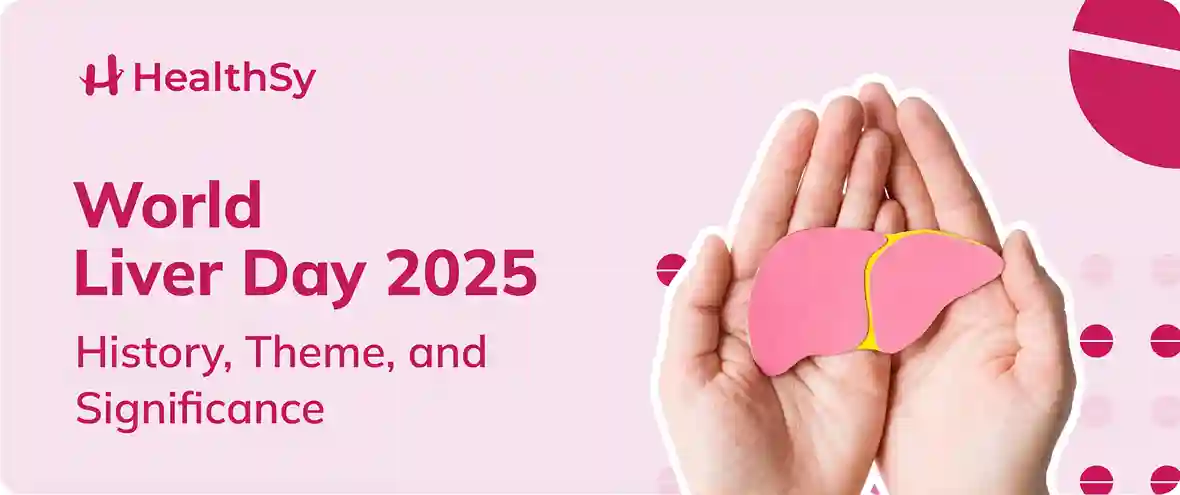
The liver is the second largest organ in our body and plays a crucial role in overall health. It detoxifies harmful substances, metabolizes essential nutrients, and produces bile to enhance digestion. It becomes susceptible to toxins during the filtering process, leading to serious health issues. Therefore, it is essential to take care of our health. World Liver Day is observed to raise awareness about liver health each year.
World Liver Day Importance
World Liver Day is observed every year on April 19th to raise awareness about the importance of liver health. Each year, a significant number of people die from liver disease, and it is estimated that new cases may increase by 35% annually by 2030. Understanding liver disorders can help with detection, effective management, and prevention. Here are some common liver disorders:
· Fatty Liver Disease: It is associated with obesity, diabetes, and elevated cholesterol levels, this condition entails the buildup of fat within liver cells and has the potential to develop into inflammation and fibrosis
· Hepatitis: Infections caused by different viruses that lead to liver inflammation. Chronic hepatitis can cause long-term damage if untreated.
· Liver Failure: A severe condition where the liver loses its ability to function, often requiring urgent medical attention or even a transplant.
· Liver Cancer: It is commonly referred to as liver cancer and can develop as a result of ongoing hepatitis infections or cirrhosis. Identifying it early greatly enhances the chances of successful treatment.
· Liver Cirrhosis: It is the advanced stage of liver scarring, often caused by long-term liver problems like hepatitis or drinking too much alcohol over many years. This damage cannot be reversed and can lead to the liver not working properly.
The theme of 2025: Food is Medicine
The 2025 theme, “Food is Medicine,” highlights the power of nutrition in preventing liver disease. The food we eat each day can either promote liver healing or contribute to inflammation, fat buildup, and irreversible damage. The theme suggests:
· Eat more plant-based foods, whole grains, meals rich in fiber, and lean proteins like fish or pulses.
· Add foods like turmeric, garlic, green tea, and leafy greens.
· Drink enough water, herbal teas, and fluids that are low in sugar.
· Limit alcohol, processed sugars, high-fat foods, and chemical additives.
In conclusion, our liver works continuously to maintain our overall health. In India, liver-related illnesses are the 10th leading cause of death. World Liver Day highlights the importance of being attentive to our health, integrating healthier habits into our lives, and recognizing that prevention starts with being informed. By learning about liver diseases and making intentional lifestyle and dietary choices, we can greatly lower the chances of liver-related issues.

Post A Comment